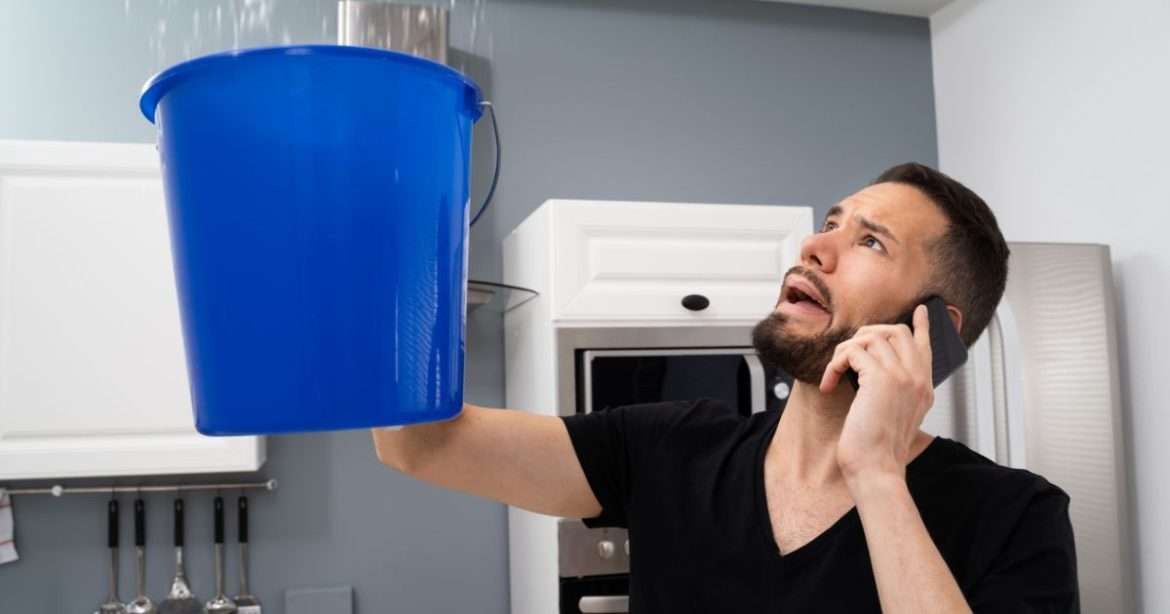Table of Contents
A leaking shower can be a frustrating problem that not only wastes water but also leads to potential damage in your bathroom. Identifying the cause of the leak is crucial in order to implement the appropriate fix. In this article, we will explore eight common causes of a leaking shower and provide solutions on how to address each issue effectively.
Tightening Or Replacing The Showerhead
A damaged showerhead can cause water to leak from the connection points or even through the showerhead itself.
Start by tightening the showerhead with an adjustable wrench. If the leak persists, the showerhead may be damaged and need to be replaced. Unscrew the old showerhead, apply plumber’s tape to the threads, and install the new showerhead, ensuring a tight connection.
Repairing Or Replacing The Shower Valve
The shower valve controls the flow of water to the showerhead. Over time, the valve can wear out, leading to leaks.
Turn off the water supply to the shower. Remove the shower handle and trim plate to access the valve. Check for any damaged or worn-out parts and replace them accordingly. If the valve is beyond repair, it may need to be replaced entirely. Consult a professional plumber for assistance if needed.
Repairing Or Replacing The Shower Faucet
A faulty shower faucet can result in water leaking from the handle or the spout. To fix this issue, follow these steps by The Grout Guy. Turn off the water supply and remove the handle and trim plate. Inspect the faucet components for any signs of damage or wear. Replace any worn-out parts, such as O-rings or washers. If the faucet is beyond repair, consider replacing it with a new one that matches your existing plumbing fixtures.
Repairing Or Replacing Damaged Tiles Or Grout
Cracked tiles or deteriorated grout can allow water to seep behind the walls, causing leaks. Here’s how to address this problem.
Inspect the shower tiles and grout lines for cracks or signs of damage. Replace any cracked tiles and regrout the affected areas. Ensure that the grout is properly sealed to prevent future water penetration.
Reapplying Caulk Or Sealant
An improperly sealed shower enclosure can lead to water leaks around the edges. To fix this issue, follow these steps.
Remove the old caulk or sealant from the edges of the shower enclosure using a caulk remover tool. Clean the area thoroughly and allow it to dry completely. Apply a new bead of waterproof caulk or silicone sealant along the edges, ensuring a tight and even seal.
Repairing Or Replacing The Shower Pan
A leaking shower pan can result in water seeping through the floor or causing damage to the subfloor. Here’s what you can do.
If you suspect a leaky shower pan, it’s best to consult a professional plumber or contractor who specializes in shower pan repairs. They can assess the situation, repair any damaged areas, or recommend a replacement if necessary.
Clearing Clogs Or Replacing The Shower Drain
A faulty shower drain can cause water to leak into the subfloor or surrounding areas. Here’s how to address this problem.
Start by removing the drain cover and inspecting the drain for any clogs or debris. Clear any blockages using a plunger or a drain snake. If the drain is still leaking, it may need to be replaced. Consult a professional plumber for assistance to ensure a proper installation.
8. Checking And Adjusting Water Pressure
High water pressure can cause leaks in shower fixtures or connections. Here’s what you can do.
Use a pressure gauge to measure the water pressure in your home. If it exceeds the recommended range (typically between 40-60 psi), consider installing a pressure regulator or contacting a professional plumber to adjust the water pressure accordingly. High water pressure can stress the plumbing system and lead to leaks.
FAQs
Can I fix a leaking showerhead without replacing it?
In some cases, tightening the showerhead or replacing the washers can fix the issue. However, if the showerhead is damaged or worn out, it’s best to replace it to ensure a proper seal and prevent further leaks.
Can I repair a leaking shower faucet myself?
Minor issues with shower faucets, such as worn-out O-rings or washers, can be repaired by following DIY instructions. However, more complex issues may require professional assistance to ensure proper repair and prevent further damage.
How often should I reseal the shower enclosure?
Resealing the shower enclosure with caulk or silicone sealant is recommended every 1-2 years or when you notice signs of wear or damage. Regular inspection and maintenance can help prevent water leaks.
Can a leaking shower pan cause mold or water damage?
Yes, a leaking shower pan can lead to water damage and promote the growth of mold or mildew. It’s crucial to address any leaks promptly to prevent further damage to the subfloor or surrounding areas.
What should I do if I can’t identify the source of the leak in my shower?
If you’re unable to identify the source of the leak or if the issue persists after attempting the suggested fixes, it’s advisable to consult a professional plumber. They have the expertise and tools to detect and address hidden leaks or complex plumbing issues.
Conclusion
A leaking shower can be a nuisance, but identifying the cause and implementing the appropriate fix can save you from further damage and water wastage. Whether it’s a damaged showerhead, worn-out valve, faulty faucet, cracked tiles or grout, improperly sealed enclosure, leaking shower pan, faulty drain, or water pressure issues, addressing these problems promptly is crucial. By following the suggested solutions, you can enjoy a leak-free and fully functional shower once again.
